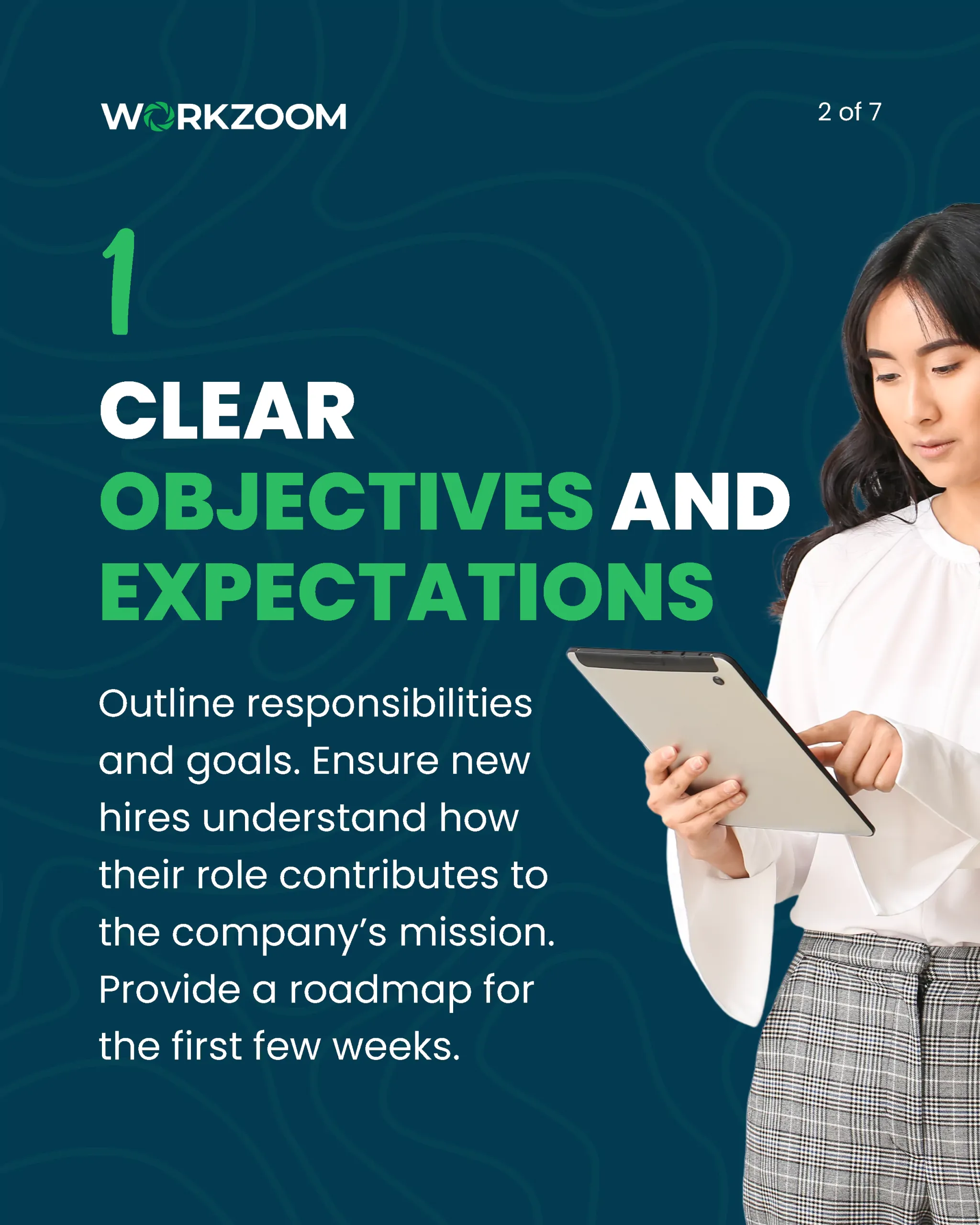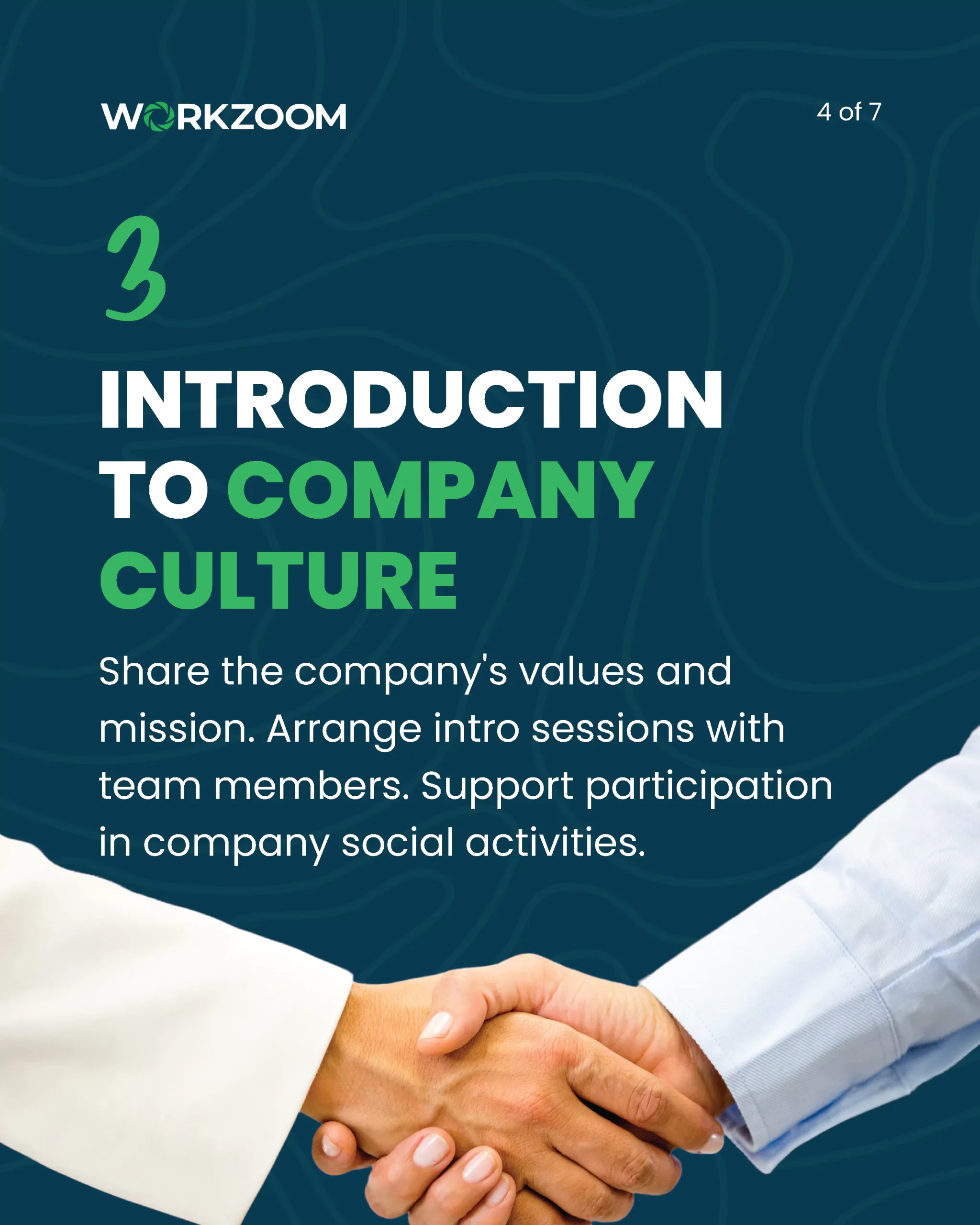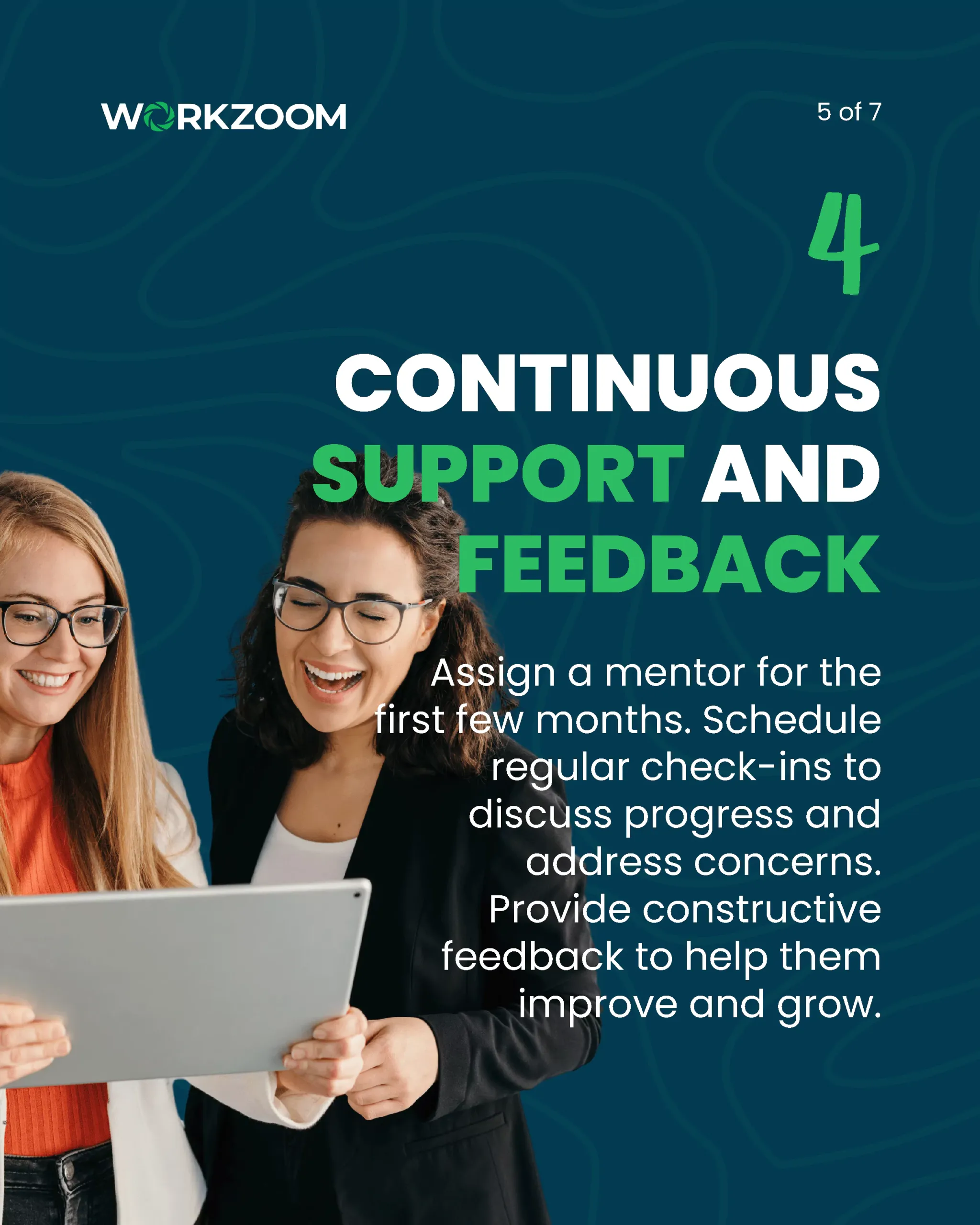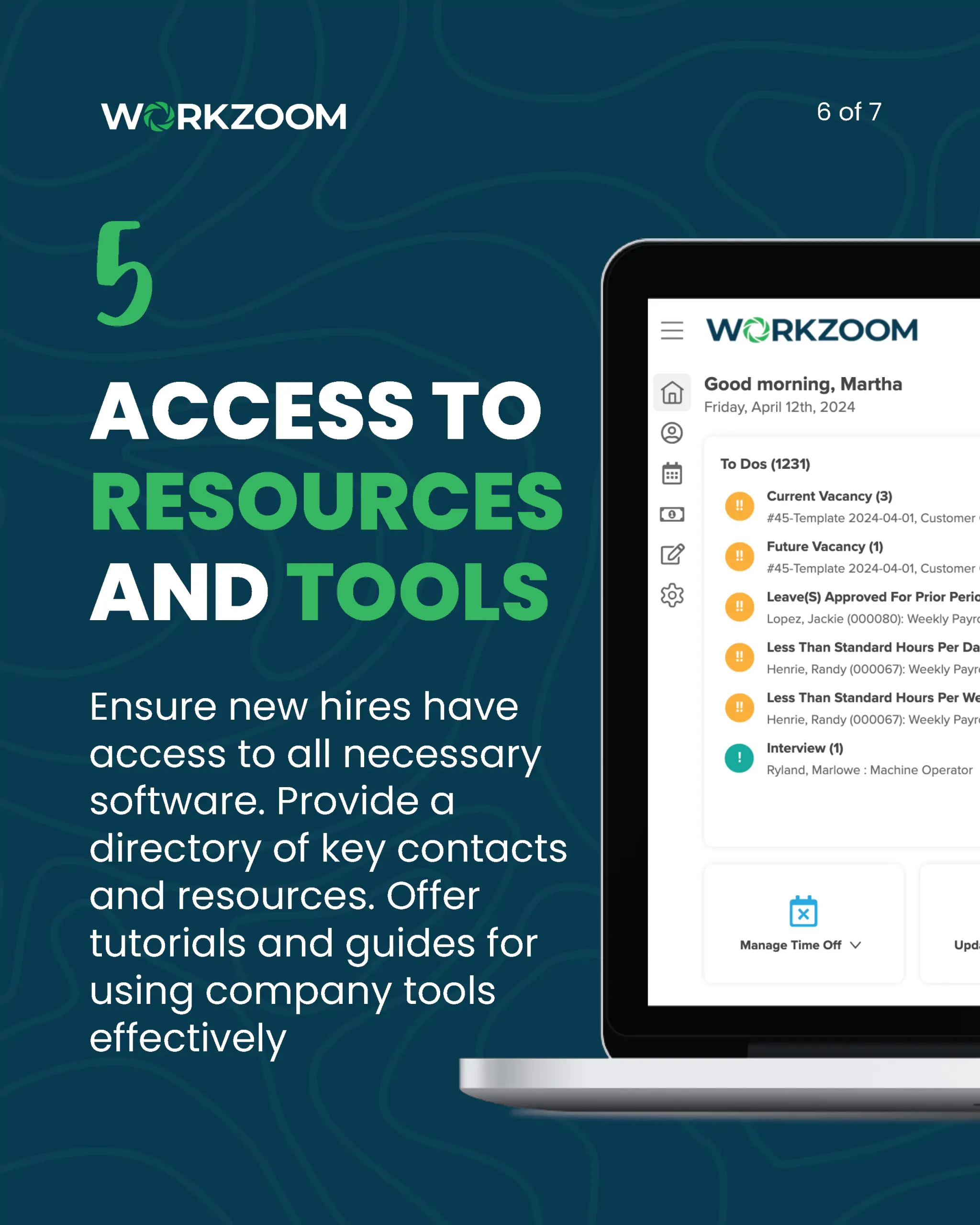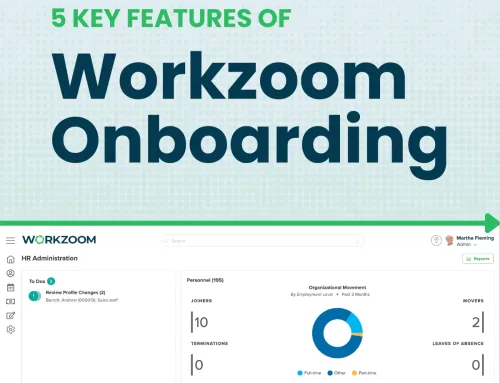When it comes to onboarding, getting it right can make all the difference between a new hire thriving or just surviving. A well-structured onboarding process doesn’t just introduce new employees to their roles—it sets the stage for their success within the company. Here are five essential elements that every onboarding process should include.
1. Clear Objectives and Expectations
One of the first steps in a successful onboarding process is to clearly outline the objectives and expectations for the new hire. This involves more than just a job description; it’s about making sure the new employee understands their responsibilities, performance goals, and how their role aligns with the company’s broader mission. Providing a clear roadmap for their first few weeks can help them feel more confident and focused, allowing them to hit the ground running.
2. Comprehensive Training
Effective training is crucial for any new employee, especially when it comes to mastering the specifics of their role. Comprehensive training should be tailored to the job and include a mix of learning methods, such as interactive workshops, shadowing opportunities, and hands-on tasks. Providing access to all necessary resources and tools ensures that new hires are fully equipped to perform their job functions effectively. This not only accelerates their learning curve but also boosts their confidence as they take on their new responsibilities.
3. Introduction to Company Culture
Beyond just understanding their job, new employees need to get a feel for the company culture. This means introducing them to the company’s values, vision, and mission, as well as helping them build relationships with team members and key stakeholders. Arranging meet-and-greet sessions, encouraging participation in company events, and facilitating social activities can help new hires feel more connected to the organization. A strong sense of belonging from the start can lead to higher engagement and long-term commitment.
4. Continuous Support and Feedback
Onboarding doesn’t end after the first week; ongoing support and feedback are vital to a new hire’s success. Assigning a mentor or buddy to guide them through their initial months can make a huge difference. Regular check-ins provide an opportunity to discuss progress, address any concerns, and offer constructive feedback. This continuous support not only helps new hires adjust more quickly but also fosters a culture of growth and development.
5. Access to Resources and Tools
For a new employee to be productive, they need easy access to all the resources and tools required for their job. This includes everything from software and hardware to important documentation and contact directories. Providing tutorials and guides on how to use company tools effectively can prevent unnecessary frustration and enable new hires to be self-sufficient from the start. Ensuring that these resources are readily available is key to creating a seamless onboarding experience.
Conclusion: Transforming Your Onboarding Process
Investing in a well-designed onboarding process is an investment in your company’s future. By focusing on clear objectives, comprehensive training, a welcoming company culture, continuous support, and easy access to resources, you’re not just helping new hires adjust—you’re setting them up for long-term success. Implement these key elements today and watch as your onboarding process transforms, boosting employee satisfaction, productivity, and retention in the process. Ready to take your onboarding process to the next level? Start implementing these elements and see the difference it makes!


